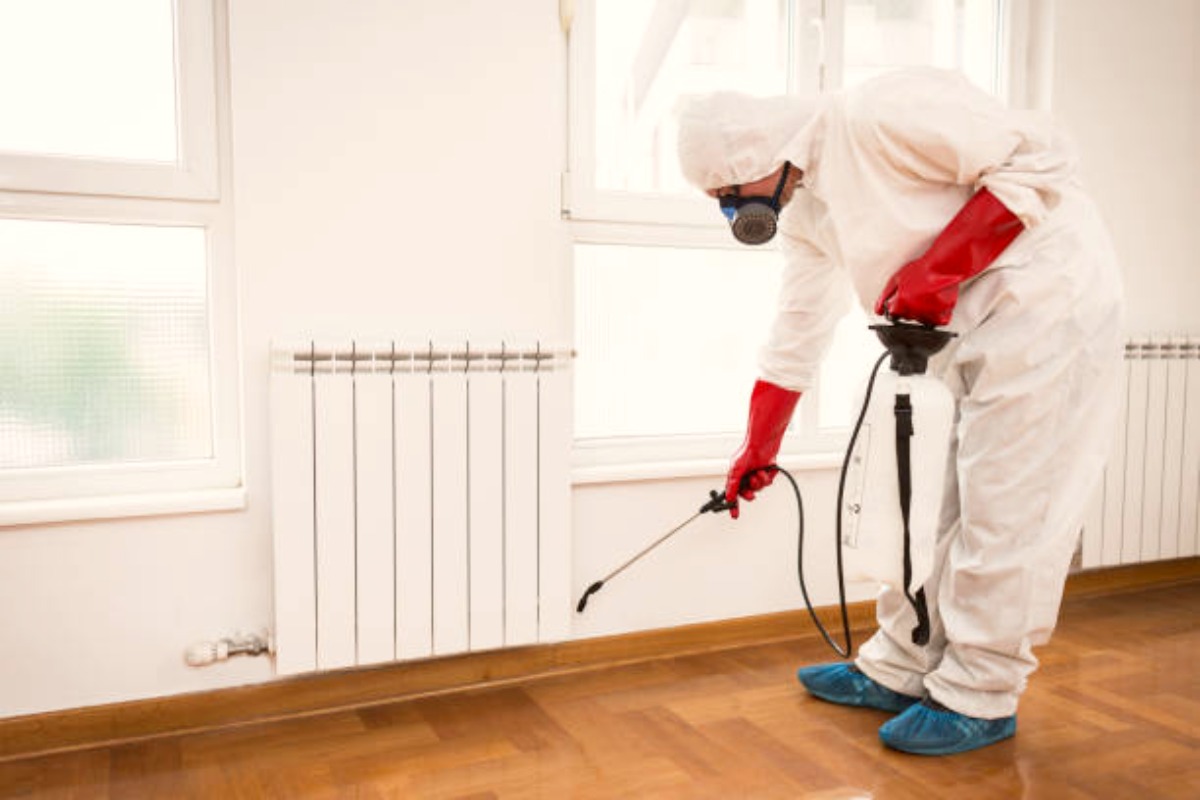
12th May 2022
How Do You Make A Pest-Free Property At The End of A Lease?
Pest carries toxic germs and pathogens. Chances of infections arise if proper steps are not taken to control infestation on time. Pests damage crops, livestock, and forestry, thus creating a negative impact on the economy of a nation. End of lease fumigation is essential as per the terms of your rental agreement. Tenants need to pay for the fumigation in case you are staying there for many months unless you can arrange an alternative.
Tenants can contract Property Vacate Pest Control to vacate a rental property.
The landlords must adopt the right measures and protect their investment property. Obtaining pest control clauses into rental agreements helps treat ongoing pest issues completely. Evaluating your premises at the onset and end of a lease is compulsory to confirm each new rental period commences in pest-free places.
Common residential pests
Pest management is essential. If DIY measures fail, contact the Bond Back Pest Control Brisbane, because skill is the most important requirement for lasting pest treatment.
5 Common Residential Pests
● termite
● mice
● bed bugs
● spiders
● flea
Signs of Pest Infestation:
Common people can’t locate pests. Employing Property Vacate Pest Control could be the best step to take.
These embody:
o You may notice bugs on the windowsills.
o Pest control in the gap of one or two weeks helps.
o Buzzing can be heard at night.
o Caves, holes, digging, and scattered garbage are signs of infestation.
o Getting teeth marks on items is natural.
o Pest bites may give you rashes and allergies.
o Pest surveillance becomes necessary when you spot carcasses and discarded wings of pests.
Important Tips For Pest Control:
Tenants must opt for End of Lease Flea treatment when they have a dog or a cat.
● Eco-safe pesticides are less poisonous to people, pets, and the environment.
● We educate you regarding tormenter management.
● All furniture should be removed, the rented property must be vacant, and the carpet needs to be cleaned after the flea treatment ends the lease.
● Try to keep every corner of your home clean.
Who is responsible for conducting End Of Lease Pest Control?
According to the Residential Tenancies Act, the landlord must ensure at the commencement of the tenancy that the rental property is clean enough to live in.
A rental property must be fit for living. Remember that the landlord is responsible for annual pest control for ants, spiders, fleas, cockroaches, silverfish, and also for termite protection unless it stated in the agreement.
Otherwise, the tenant could be responsible for the end of lease pest control fee if they are actively liable for causing a pest infestation in their rented property. For example, sometimes they carry bed bugs with their baggage after returning from travelling. Rodent attack is a result of an infestation of fleas from their pet(s) or an unclean environment.
If, as a tenant, you are liable for the pest management. You can hire your preferred team who
▪ looks for comprehensive feedback and testimonials on the infestation status.
▪ put in a sufficient amount of gel, spray, and baits.
▪ offer treatment at a reasonable rate.
How to know about pest invasion?
Generally, landlords are responsible for assessing the infestation status at the time of tenancy and also at the end of the lease. Following are the signs of pest infestation.
● Dropping in the kitchen is a sign.
● You can hear noises at night.
● Teeth marks on wooden, rubber, plastic items and scattered garbage are some of the hints of infestation.
● Carcasses and disposed wings in caves and holes are natural.
● Pest bites give rise to allergies and rashes.
Pest Control at Rented Property:
To keep any rented space free from pest invasion, you need to
● keep your property dry and well maintained.
● You can use gnaw resistant materials and hardwire meshes to seal holes and gaps.
● Covering the food containers when not in use is a must. ● Licensed pest controllers offer a guaranteed service.
